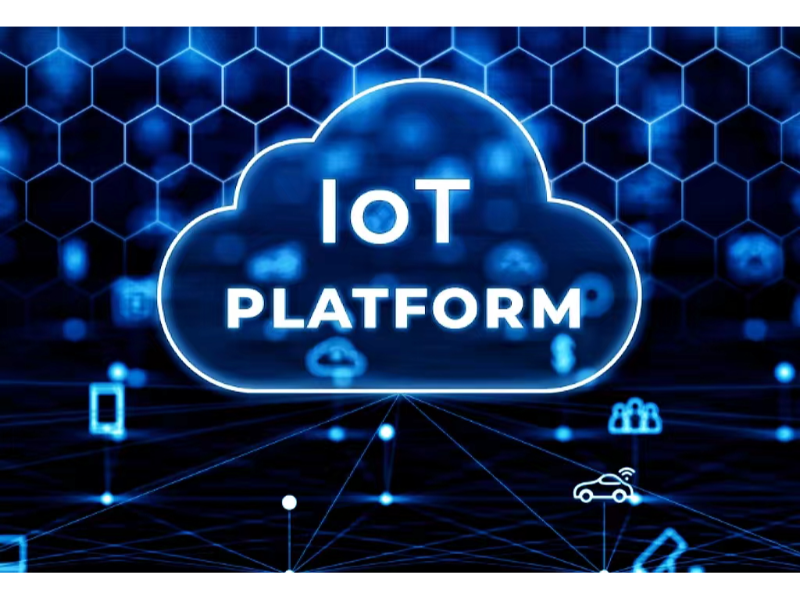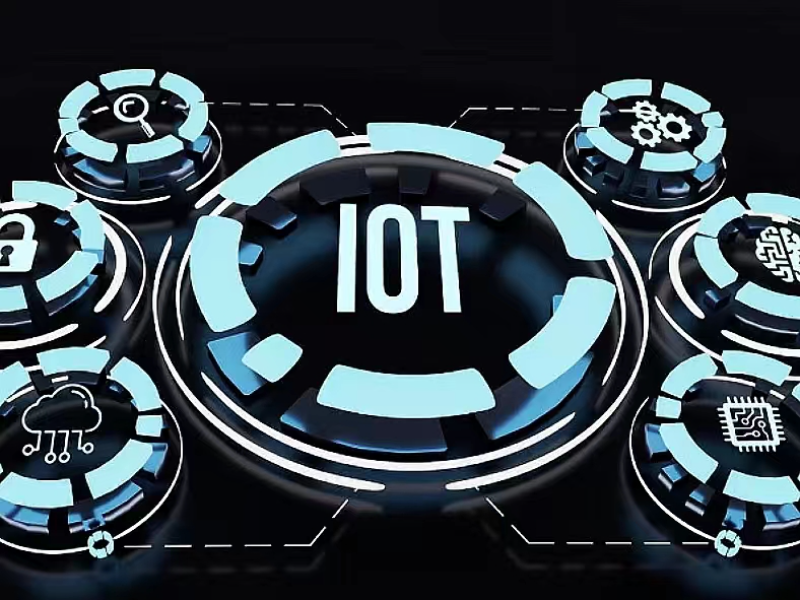- When choosing an IoT platform, the design and implementation of functionality directly impacts the performance, flexibility and user experience of your IoT solution.
- Selecting an IoT platform requires a reasonable cost plan that takes into account several aspects, including procurement costs, equipment costs, data transmission and storage costs, platform integration and maintenance costs, and labour costs.
- Ecosystem support includes device and protocol support, developer community and tool support, third-party integrations and partnerships, openness and flexibility of the ecosystem, and ongoing technical support and updates.
Choosing an IoT platform is a critical decision as it will directly impact the performance, reliability and scalability of your IoT solution. When choosing an IoT platform, you need to consider several aspects, including functionality, cost and ecosystem support.
Also read: UK launches first IoT security law
1. Functionality
Functionality is a critical consideration when choosing an IoT platform, and you should carefully evaluate the platform’s features for device management, data collection and analysis, visualisation and reporting, integration capabilities, and scalability to ensure that you choose a platform that will meet your needs.
A great IoT platform should be able to easily manage many connected devices. This includes providing an easy-to-use interface that allows users to easily register and configure new devices.
The platform should be able to monitor the status of devices in real-time, including connection status, battery level, and operating status, and provide remote maintenance features such as remote reboot and firmware upgrade.
Security is also a part of device management that should not be ignored. The platform should provide device authentication, rights management and other functions to protect devices from unauthorised access. The platform should also support various types of IoT devices and be able to easily scale and add new devices.
Data is at the heart of IoT, and a good IoT platform should be able to collect large amounts of data from connected devices and analyse this data in real-time or batch to provide valuable insights and decision support.
This requires the platform to be able to collect various types of data from devices, including sensor data, log data, and event data, and to provide reliable data storage capabilities, including real-time databases, and historical data storage, to support persistent storage and querying of data.
The platform should also be able to quickly analyse and process real-time data to support real-time monitoring and response, as well as support batch analysis tasks, such as data cleansing, data mining, and machine learning, to mine the insights hidden in the data.
Visualisation and reporting are key tools to help users understand and utilise data. A good IoT platform should provide an intuitive user interface that allows users to easily view device status, data analysis results, and generate reports.
The platform should provide real-time monitoring capabilities that allow users to instantly view device status and data changes, as well as various types of charts and graphs, such as line graphs, bar charts, and maps, to visually display data analysis results.
The platform should also be able to generate customised reports, including device operation reports, and data analysis reports, to help users understand and share data insights.
Integration capability is an important feature of an IoT platform that determines the ability of the platform to integrate with other systems and services. The platform should provide open Application Programming Interfaces (APIs) for integration with other systems and services, and support common IoT communication protocols and data formats, such as MQTT (message queuing telemetry transport), CoAP (constrained application protocol), and JSON (JavaScript object notation), to communicate with various devices and systems.
The platform should provide a third-party application marketplace so that developers can easily develop and distribute applications to extend the platform’s features and services.
A good IoT platform should also be scalable and able to support the continuous addition of new devices and features.
This means that the platform should have a modular design that allows added features and components to be easily integrated and extended, and a distributed architecture to support large-scale device connectivity and data processing. The platform should also be able to dynamically scale on demand to cope with the growing number of devices and data traffic.
Also read: What are IoT device management examples?

2. Cost
Cost is a key consideration when choosing an IoT platform. The first is the procurement cost of the platform, which includes software licence fees and custom development costs.
Some IoT platforms may require software licence fees, while additional development fees may be required if custom development of specific features or interfaces is required.
Device-related costs include the cost of connecting the device, as there may be additional costs associated with choosing an IoT device with a compatible platform, such as the need for specific communication protocols or data formats.
The cost of updating and maintaining the device also needs to be considered, as the device may need to be updated or maintained regularly, especially given the life cycle of the device.
If cloud services are used, there may be data transfer costs, especially if large amounts of data are transferred. Storing large amounts of IoT data may also require additional storage space, and cloud service providers typically charge fees based on the amount of storage.
Integrating an IoT platform into an existing system may require certain integration costs, including configuration, custom development, and testing. Regular maintenance and updates to the IoT platform may also require additional costs to ensure the platform’s performance and security.
Maintaining and managing an IoT platform may require dedicated human resources, including monitoring platform operations, resolving technical issues, and performing system maintenance. Training employees to familiarise them with the use and management of the IoT platform may also require some training costs.
3. Ecosystem support
A robust ecosystem should be compatible with various types and brands of IoT devices and support multiple communication protocols to ensure seamless connectivity with a wide range of devices.
An active developer community can provide users with rich resources, tutorials and solutions, and promote communication and cooperation among developers. Rich development tools, such as SDKs (software development kits), API documentation, and sample code, on the other hand, can help developers quickly build and deploy IoT solutions.
A robust ecosystem should have a rich marketplace of third-party applications, allowing developers to easily find and integrate a variety of applications and services to extend the platform’s functionality and services.
Partnerships with hardware manufacturers, system integrators and solution providers, on the other hand, can provide users with more choices and customised solutions.
An open ecosystem should follow common standards and an open architecture to allow integration with other systems and services for more customisation and expansion. The ecosystem should offer a variety of deployment options, including public cloud, private cloud, and edge deployments to meet the needs and preferences of different users.
A healthy ecosystem should be regularly updated and improved to provide better performance, security, and user experience, as well as timely fixes for known vulnerabilities and issues. Providing timely and effective technical support and training, on the other hand, can help users solve problems and learn new technologies and best practices.

